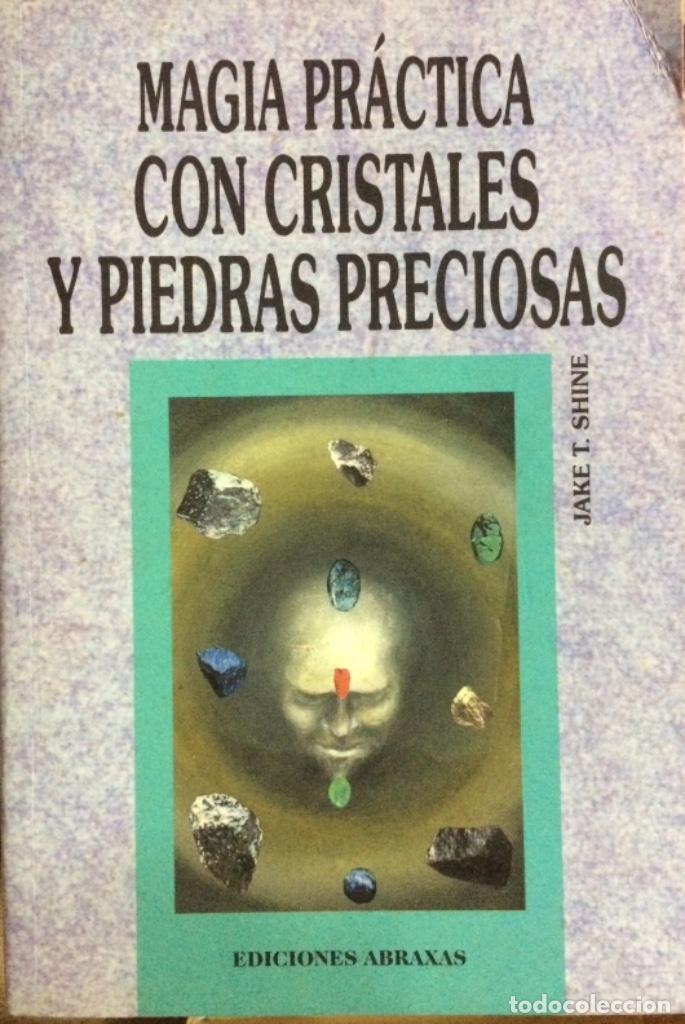
#Practica musica textbook manual#
If you own a Ars Nova instrument & music tutorials and have a user manual in electronic form, you can upload it to this website using the link on the right side of the screen. Practica Musica (100 Licenses) from Ars Nova is a user friendly music theory and ear training program complete with interactive learning for novices and experts alike.

#Practica musica textbook pro#
User manual for the Ars Nova Practica Musica CD & Textbook AN-PM-H-SL-100 The user manual for the Ars Nova Practica Musica CD & Textbook AN-PM-H-SL-100 provides necessary instructions for the proper use of the product Pro Audio - Audio Books & Tutorials - Instrument & Music Tutorials. We recommend checking out our discussion threads on the Ars Nova Practica Musica CD & Textbook AN-PM-H-SL-100, which address similar problems with connecting and setting up Instrument & Music Tutorials Ars Nova. Startup and operation of the instrument & music tutorials.Product classification: Pro Audio - Audio Books & Tutorials - Instrument & Music Tutorials.Basic description and contents of package.User manual for Ars Nova Practica Musica CD & Textbook AN-PM-H-SL-100
#Practica musica textbook pdf#
Operating instructions and pdf manual for use - Ars Nova Practica Musica CD & Textbook AN-PM-H-SL-100 User manual, User manual Ars Nova Practica Musica CD & Textbook AN-PM-H-SL-100, Ars, Nova, Practica, Musica, CD, Textbook, AN-PM-H-SL-100, User manual Ars Nova Practica Musica CD & Textbook AN-PM-H-SL-100 ISBN 9780674059269.User manual Ars Nova Practica Musica CD & Textbook AN-PM-H-SL-100 | | User manual here! "Bach and the Tradition of the Palestrina Style". Beihefte zum Archiv für Musikwissenschaft (in German). Stile antico in der Musik Johann Sebastian Bachs: Studien zu Bachs Spätwerk. A History of Western Music (6th ed.), W.W. Macy (accessed March 19, 2006), (subscription access).

^ Neuaufgefundenes Bach-Autograph in Weißenfels at lisa.Beethoven's Missa Solemnis, written after the composer's study of Palestrina, is a late flowering of the style. Later composers such as Haydn and Mozart also used stile antico. His Mass in B minor has sections written in stile antico which contrast with up-to-date Baroque idioms. The great composers of the late Baroque all wrote compositions in the stile antico, especially Bach. According to Giulio Cesare, these concepts were a hearkening back to ancient Greek musical practice. Old rules of counterpoint could be broken in service of the text. Monteverdi responded in a preface to his fifth book of madrigals, and his brother Giulio Cesare Monteverdi responded in Scherzi Musicali (1607) to Artusi's attacks on Monteverdi's music, advancing the view that the old music subordinated text to music, whereas in the new music the text dominated the music. In another book, his L'Artusi, overo Delle imperfettioni della moderna musica (1600) ("The Artusi, or imperfections of modern music") Artusi had also attacked Monteverdi specifically, using examples from his madrigal "Cruda Amarilli" to discredit the new style.

In his Seconda parte dell'Artusi (1603), Giovanni Artusi writes about the new style of dissonances, referring specifically to the practice of not properly preparing dissonances (see Counterpoint), and rising after a flattened note or descending after a sharpened note. In the early Baroque Claudio Monteverdi and his brother coined the term prima pratica to refer to the older style of Palestrina, and seconda pratica to refer to Monteverdis' music.Īt first, prima pratica referred only to the style of approaching and leaving dissonances. by Antonio Lotti, Pietro Torri), a style Bach would imitate more frequently in his later compositions (starting in the 1730s, up to his death in 1750). For 18th-century composers such as Johann Sebastian Bach, stile antico can refer to music composed as late as the early years of that century (e.g. The term prima pratica was first used during the conflict between Giovanni Artusi and Claudio Monteverdi about the new musical style. Much of the music associated with this style looks to the music of Palestrina as a model. Fux's Gradus Ad Parnassum (1725), the classic textbook on strict counterpoint. Stile antico was deemed appropriate in the conservative confines of church music, or as a compositional exercise as in J. Stile antico has been associated with composers of the high Baroque and early Classical periods of music, in which composers used controlled dissonance and modal effects and avoided overtly instrumental textures and lavish ornamentation, to imitate the compositional style of the late Renaissance.


 0 kommentar(er)
0 kommentar(er)
